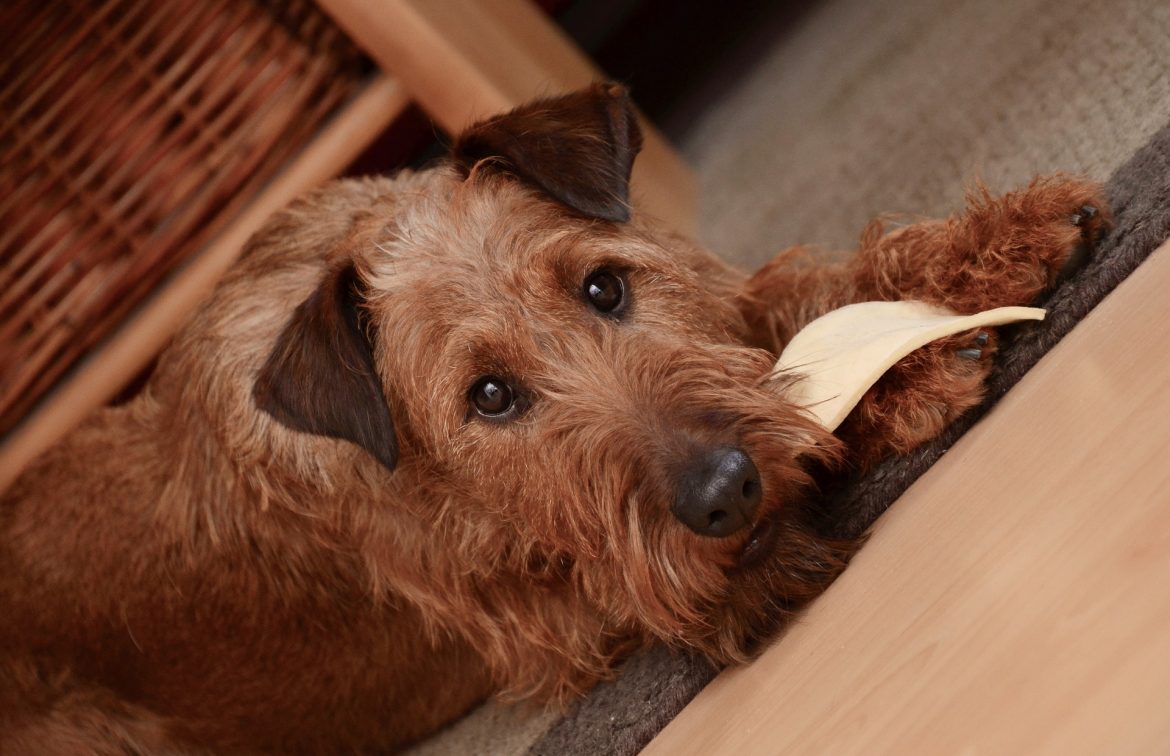Knowing what to feed your dog can be a challenge. Knowing when and how to feed your dog can be just as difficult. Some sources advise you feed your dog many small meals, while others suggest one big feast. Some say grazing is great, and others say it leads to bloating and food guarding. We know – it’s a mess. That’s why we’ve prepared a breakdown of the key doggy feeding options. If you’ve ever asked yourself “What’s the best time of day to feed my dog?”, this article is for you!

“So, what’s the best time of day to feed my dog?”
As you may have found, there are a few different feeding methods for Dog Owners. Instead of choosing what we believe to be the best, we’ve laid out the details for the top three. That way, you can assess which one best aligns with the unique needs of your furry friend.
#1. Free choice feeding
A method mainly reserved for dry food, free choice feeding is the simplest approach of the three. With free choice feeding, you simply pour your dog’s allotted portion of food into their bowl every morning. From here, they have the freedom to eat it over the course of the day.
This method is ideal for puppies, and pregnant and lactating dogs – all of whom need to graze throughout the day. However, it can lead to eating problems in non-pregnant, fully-grown dogs. While this approach stems from the assumption that your dog will self-regulate their eating patterns, not all of them do. As a result, free choice feeding can lead to overeating or underrating in some dogs. If your dog wolfs down their food, or struggles to eat what’s in their bowl, this method won’t suit them.
#2. Time-controlled feeding
With this method, you give your dog a timeframe in which to eat their meals – for instance, 20 minutes. At the end of this timeframe, you remove their bowl whether they’ve finished or not. The idea is that, over time, they learn to finish what’s in front of them, rather than forgetting about it. While this approach instills structure, it can cause problems for dogs who only receive one meal a day. If your dog is a fussy eater, they may fail to consume enough nutrients in their allotted timeframe. Big dogs can face the opposite problem: in the face of a deadline, they can eat too quickly, and suffer gastric dilation. For optimal results, pair time-controlled feeding with two meals a day – one in the morning, and one at night.
#3. Portion-controlled feeding
This approach is the most scientific, but can also be the most fiddly. With portion-controlled feeding, you begin by deciding whether to feed your dog once or twice a day. Next, you determine the right amount of food for your pooch’s age, weight, breed, and reproductive status. Finally, you measure the exact portions for every one of your dog’s meals. Needless to say, this approach can require some trial and error. If you nail it, though, you’ll ensure that your dog is consuming the right number of calories without over- or underrating. To simplify the process, you can also use a service like Mad Paws Dinner Bowl to measure the right portion sizes for your pup.

